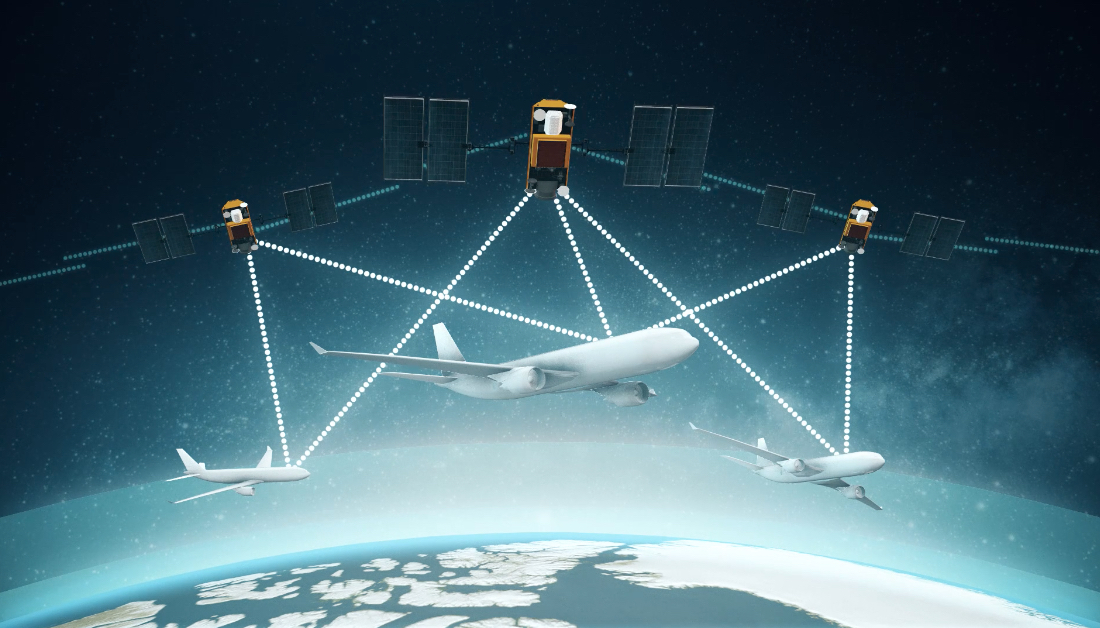
As of August 10, ADS-B OUT equipment using 1090ES technology is required to fly in Canadian Class A airspace (from 18,000 up to but not including 60,000 feet above sea level). ADS-B (Automatic Dependent Surveillance-Broadcast) signals are transmitted every two seconds to the Aireon satellite system in low Earth orbit. Equipment that complies with the new mandate requires what is referred to as antenna diversity, meaning an antenna pointing skyward and another pointing downward.
Nav Canada cites two major benefits of the mandate – providing safer flight following and aircraft separation, and better efficiency which in turn leads to lower fuel consumption and resulting CO2 emissions.
“Following significant engagement with Transport Canada and industry stakeholders, the implementation of an ADS-B mandate in Class A airspace represents an important milestone in a phased approach to achieving the full potential offered by increased surveillance coverage,” according to Jeff Dawson, a Nav Canada assistant vice president, adding, “With exact aircraft positioning, separation measurement can switch from less efficient time-based standards to those using actual distance between aircrafts (sic)”.
A similar mandate for Class B airspace (12,500 to 17,999 feet ASL) is expected to take effect in May of next year. The same press release states that further mandates in Canadian airspace will not take effect before 2028, which appears to represent a further postponement of the mandate that will most affect recreational aviation in Canada.
